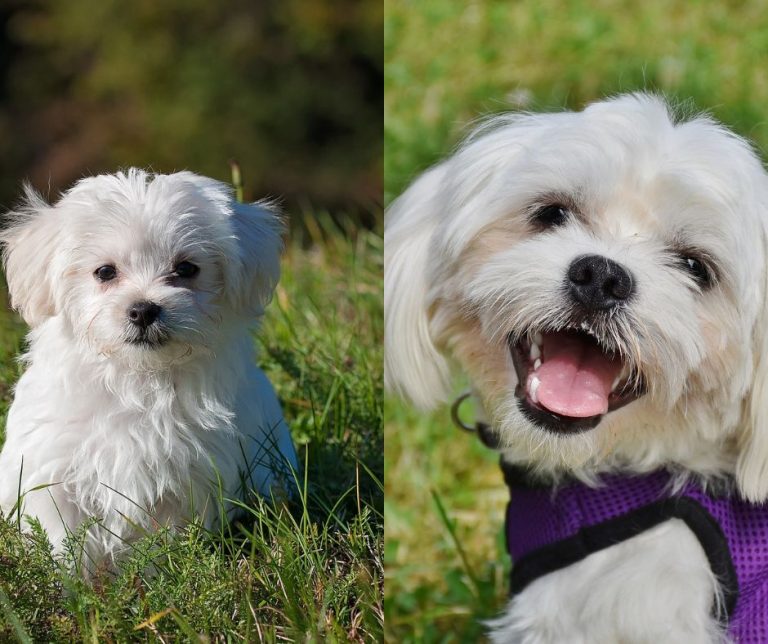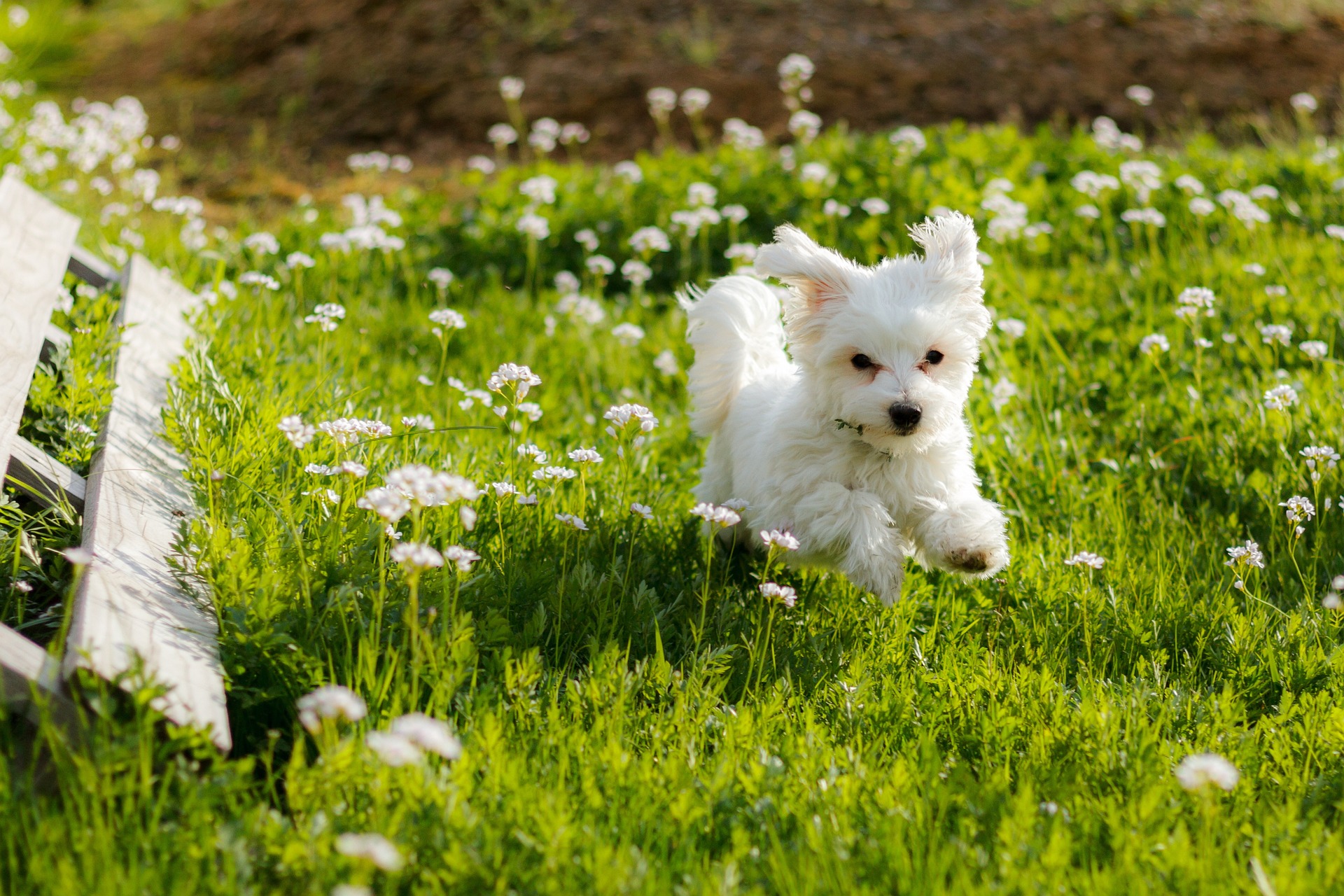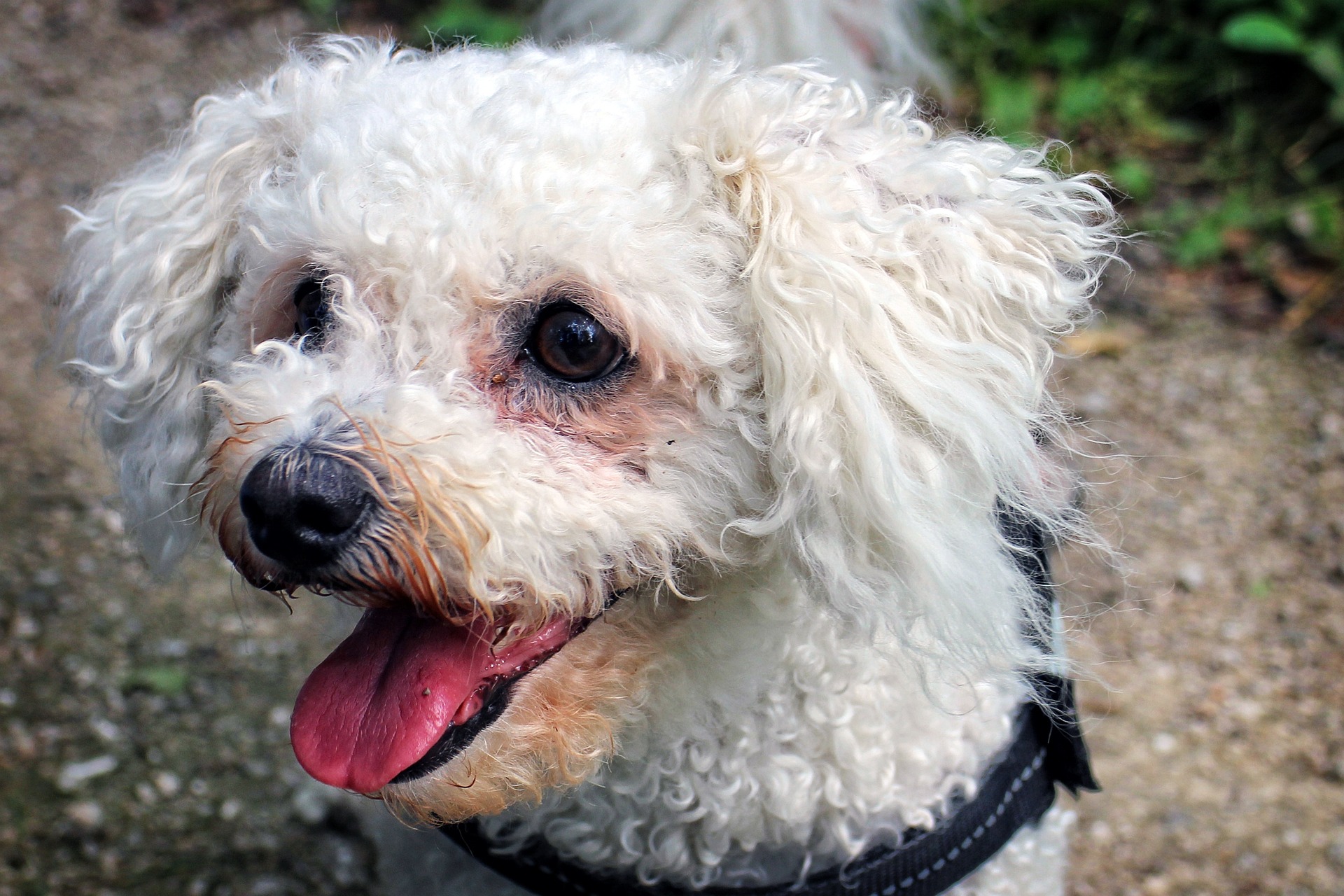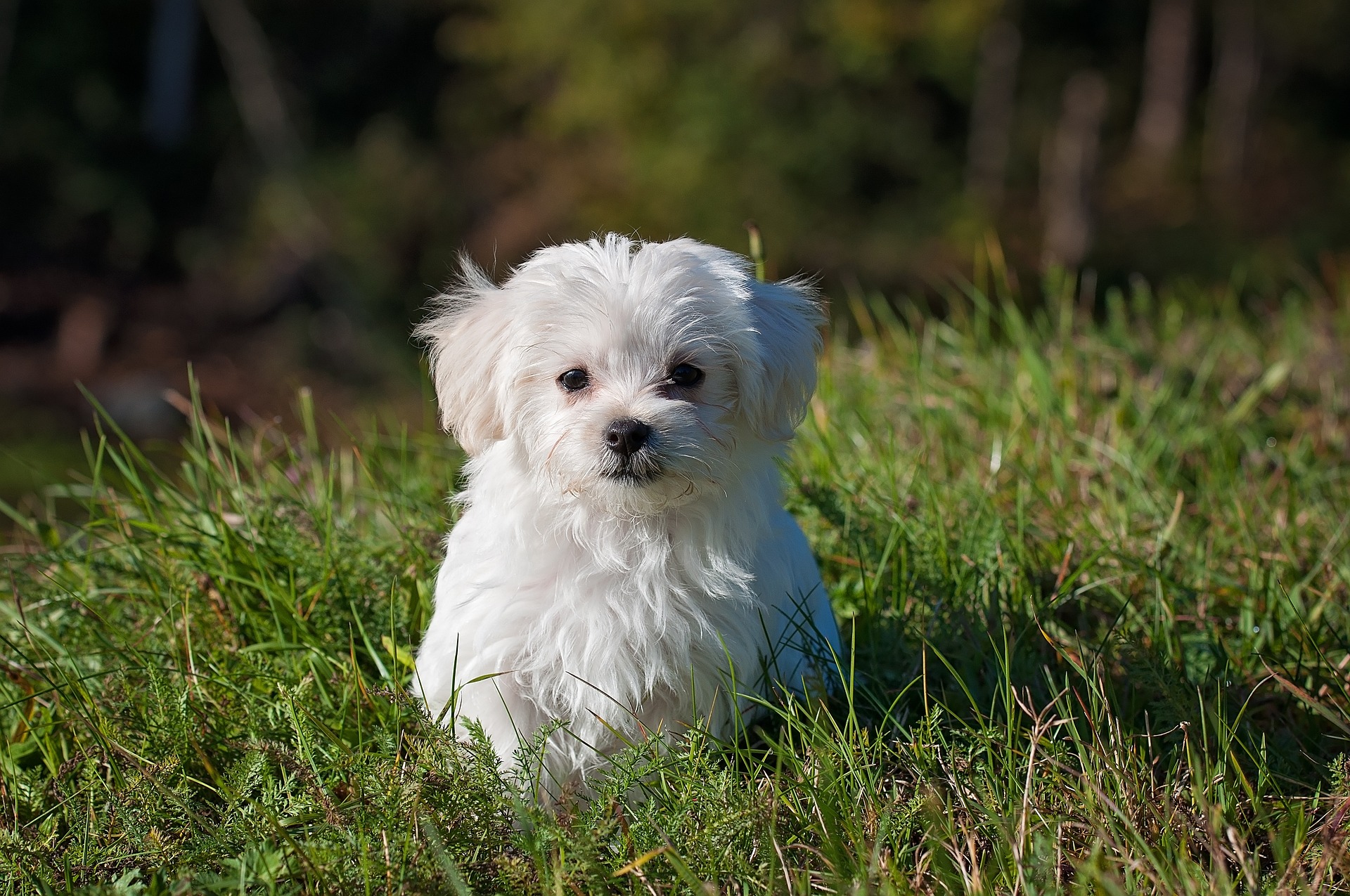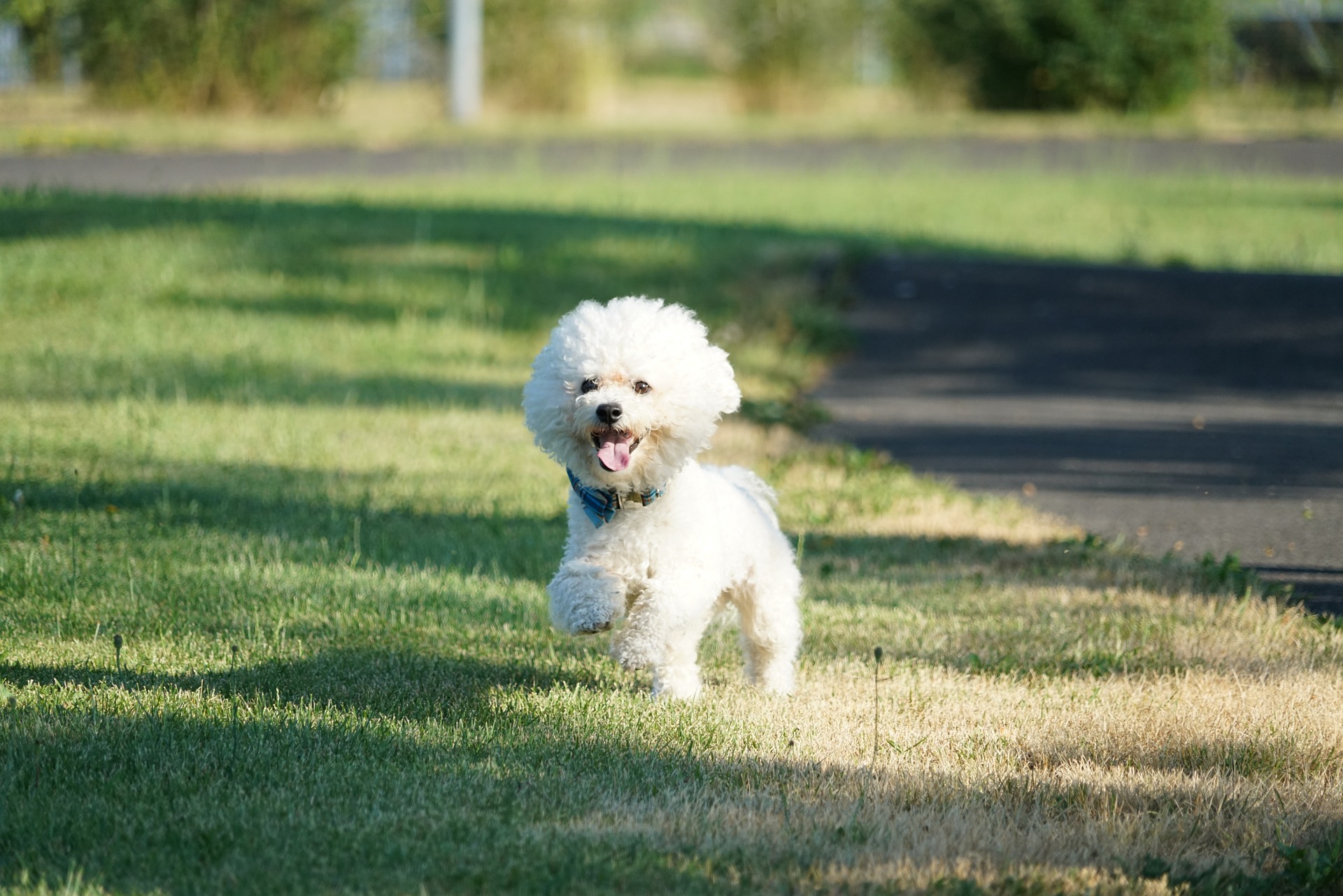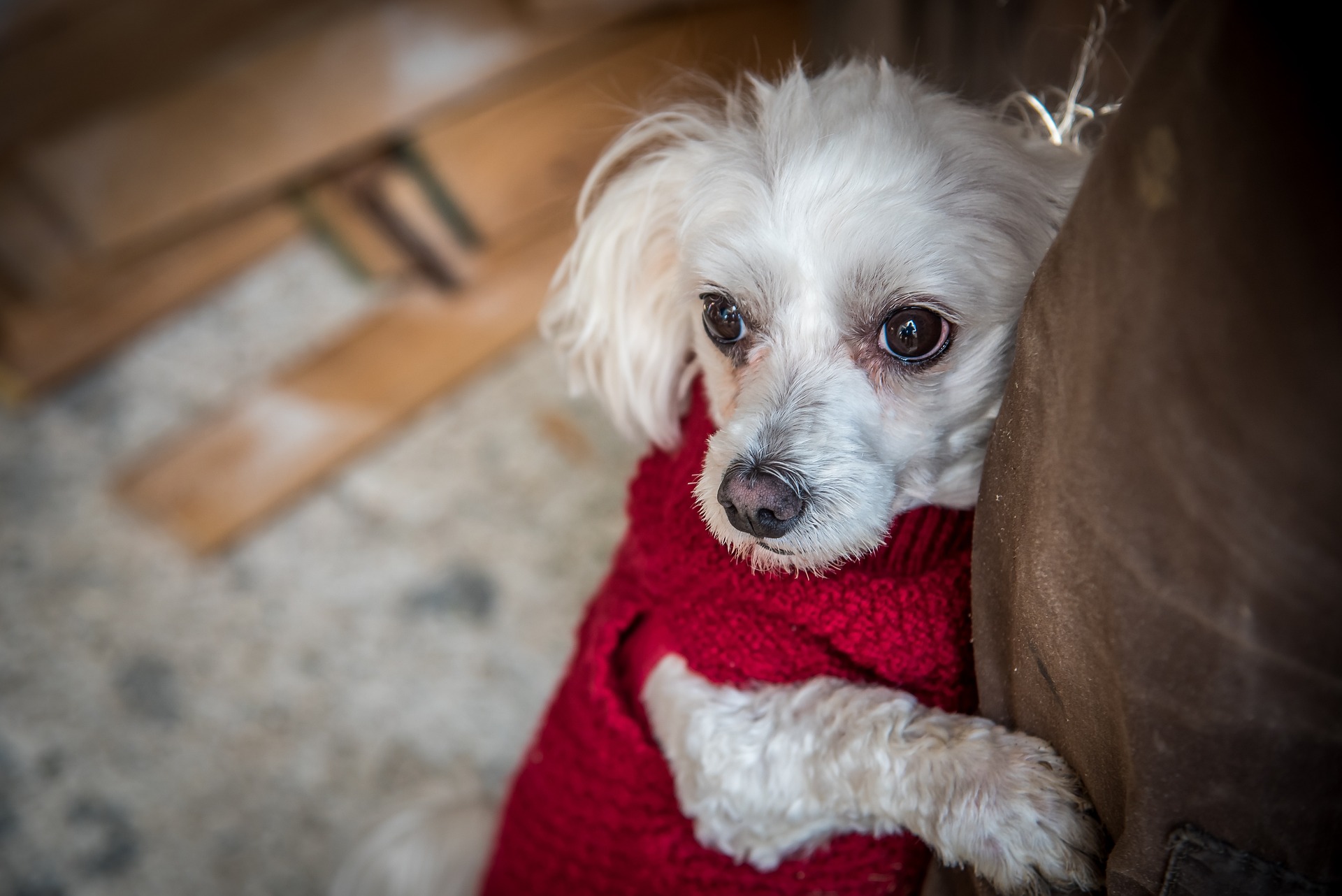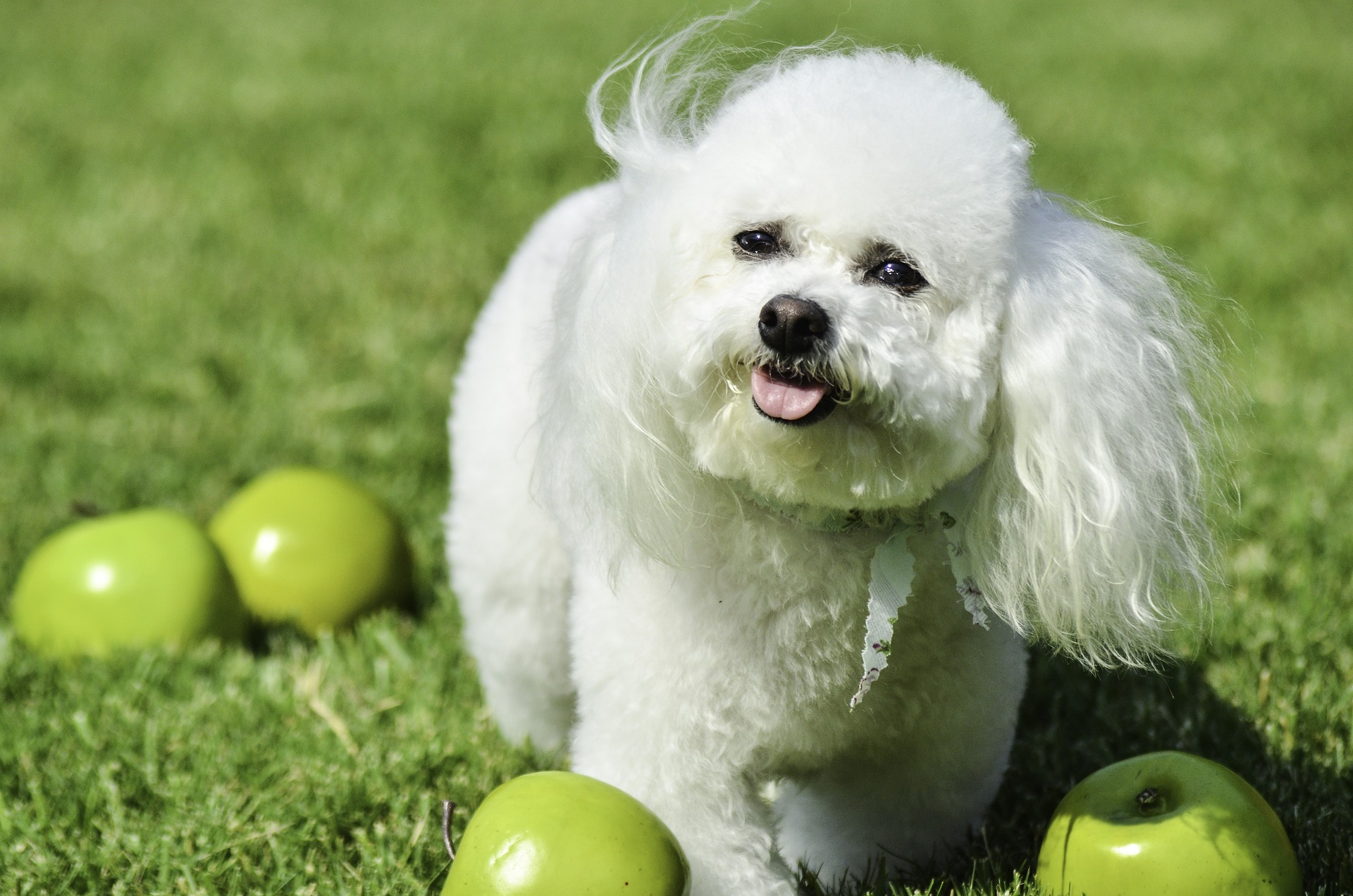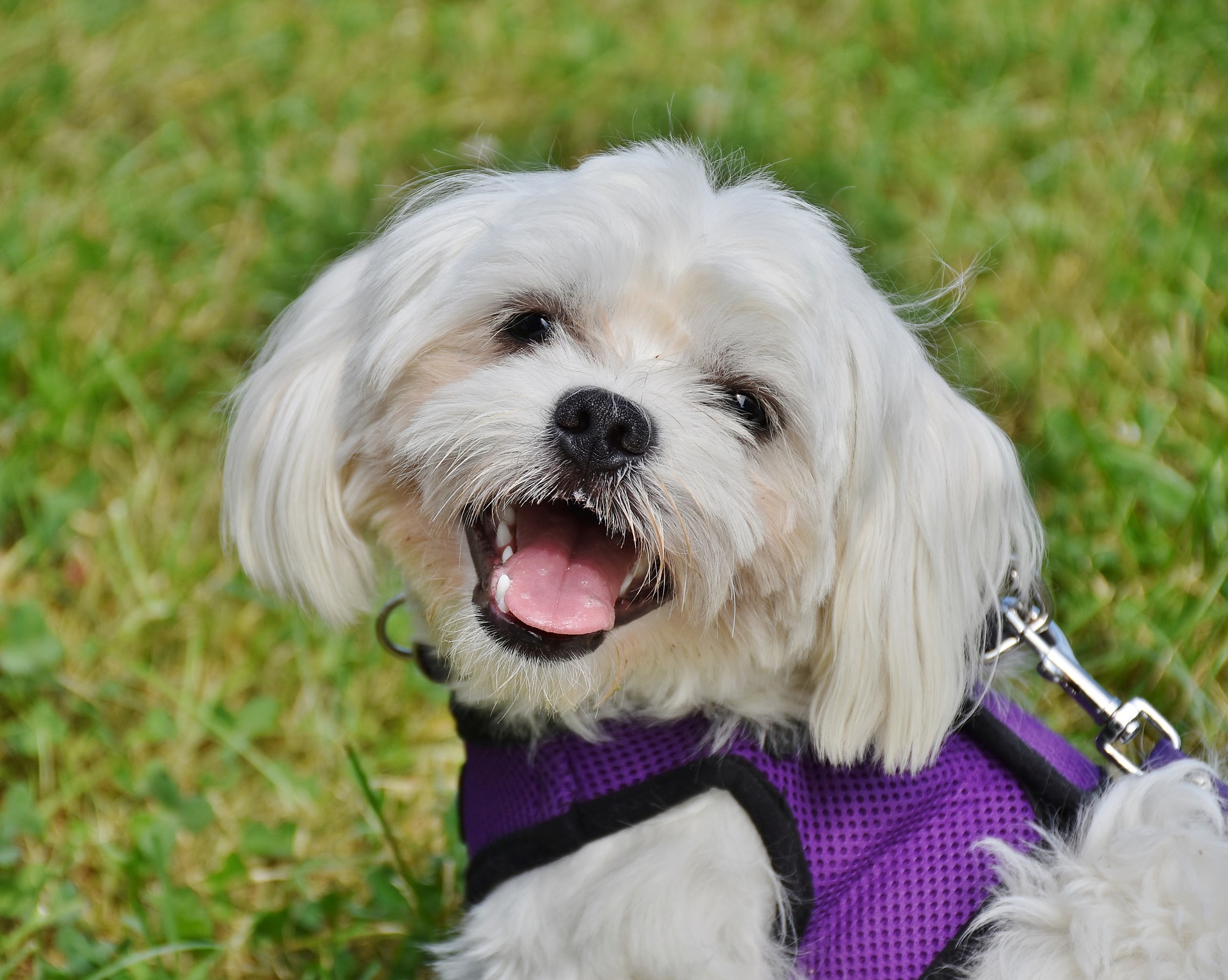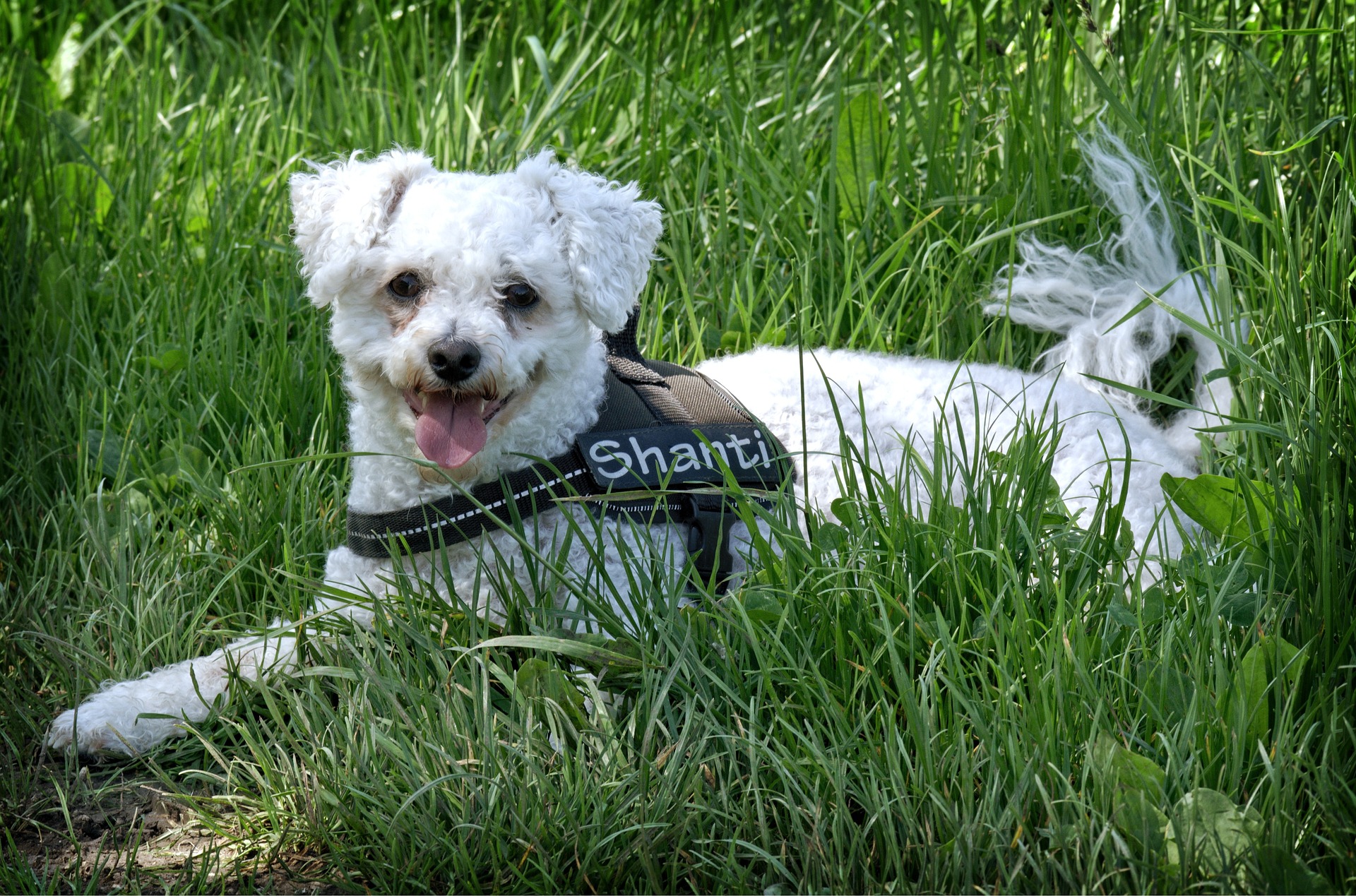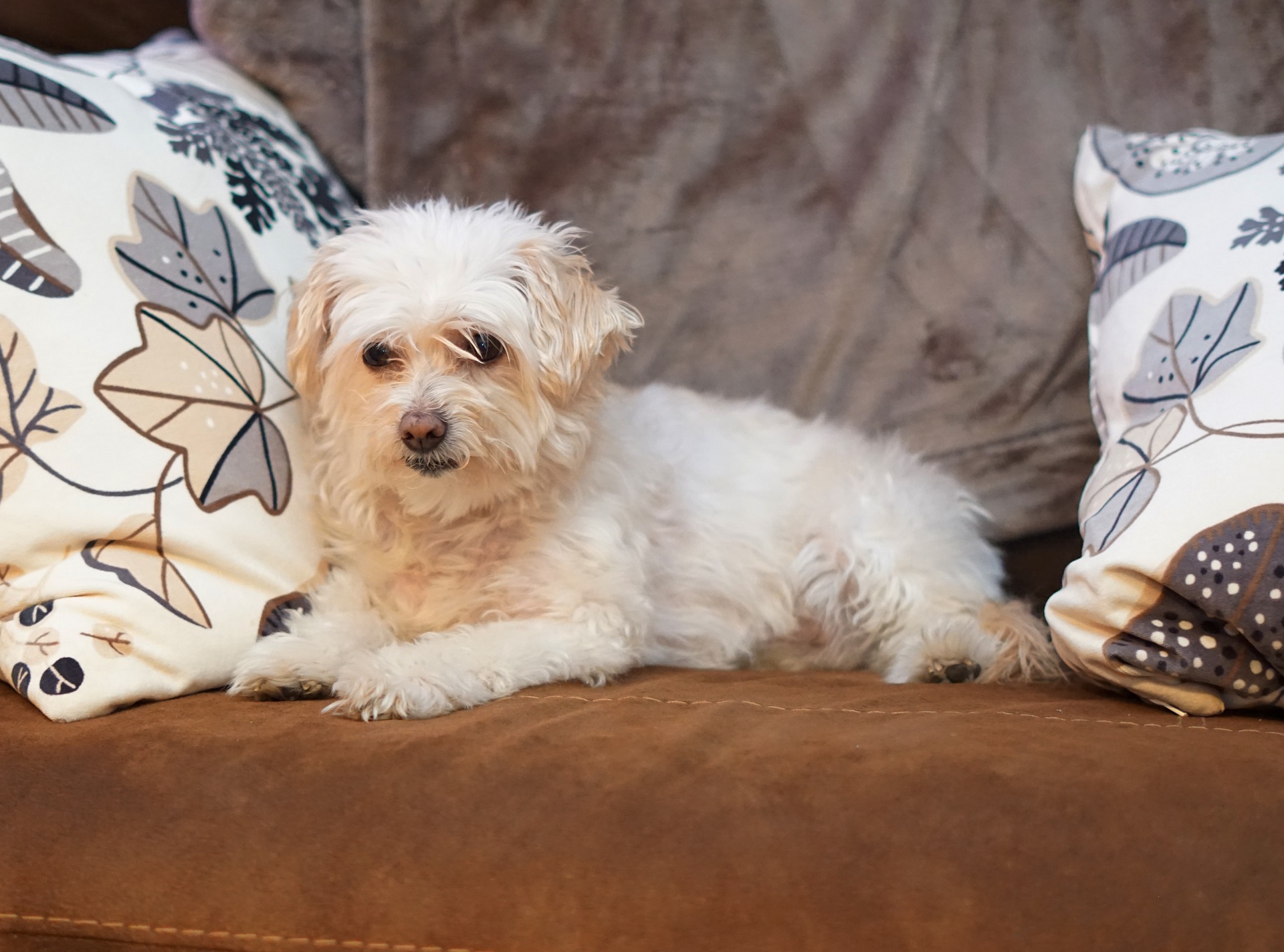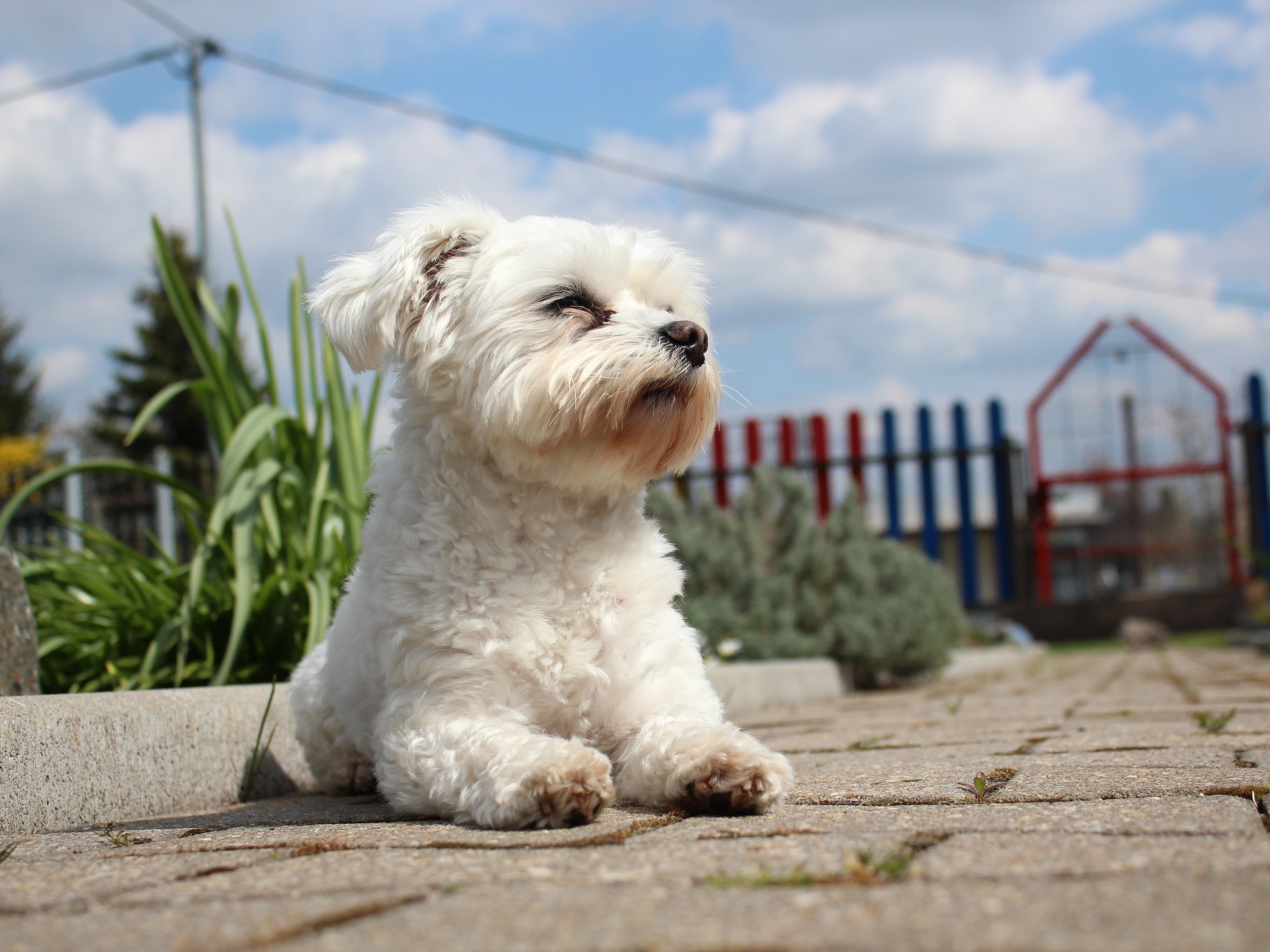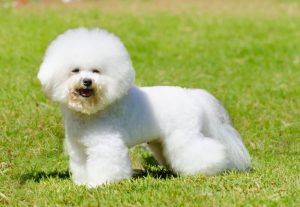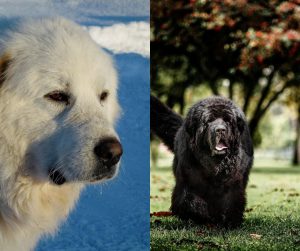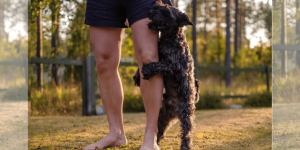When considering a small breed dog as a companion, two breeds often come to mind: the Bichon Frise and the Maltese. Both breeds boast a storied history and have endeared themselves to dog lovers for centuries with their charming personalities and endearing appearances. While they share some similarities, including their affectionate nature and knack for companionship, they exhibit distinctive traits and care requirements that might make one a better fit for a potential owner’s lifestyle over the other.
The Bichon Frise is known for its playful demeanor and a fluffy coat that requires regular grooming to maintain its cottony texture. In contrast, the Maltese features a sleek, silky white coat that often gives it a regal presence despite its small stature.
Beyond their luxurious coats, these breeds differ in size, energy levels, and health profiles.
Understanding these nuances is crucial for anyone contemplating these breeds, allowing them to make an informed decision that ensures a harmonious relationship with their new furry family member.
With that in mind, let’s take a deeper look into the Bichon Frise vs Maltese dog breed comparison.
Key Takeaways
- The Bichon Frise and Maltese are both affectionate companions but have distinctive care needs
- Choice between breeds will depend on factors like size preference, grooming ability, and lifestyle compatibility
- Both breeds have a history of being lovable pets, but they have differing exercise and grooming requirements
Breed Origins and History
When one considers adopting a furry companion, understanding the rich history and ancestry of the breed can create a deep connection from the start. Let’s explore the origins of two lovable breeds.
Bichon Frise Heritage
The Bichon Frise breed has an interesting Mediterranean lineage. They are believed to originate from the Tenerife Bichon, a breed that was once favored by French sailors who encountered them throughout the Mediterranean, particularly in the Canary Islands.
This playful and affectionate breed was brought to Europe in the 13th century and quickly won the hearts of the French and Italian nobility. Their role as the pampered companions of the royals, including the likes of Mary Queen of Scots, is a testament to their charming and amiable nature.
- Area of Origin: Mediterranean, Canary Islands
- Introduced to Europe: 13th Century
- Popularized in: France, Italy
- Historical role: Companion of nobility
Maltese Ancestry
In contrast, the Maltese is recognized as one of the oldest toy breeds, with roots that span back over two millennia to ancient civilizations in Asia. As their name suggests, they were once closely identified with the island of Malta. However, their exact origin within the Mediterranean region remains a topic of debate among historians.
These small, silky-coated dogs, with their gentle and fearless personalities, have been companions to people for centuries. They spread to different parts of the world over time, eventually reaching America, where they gained widespread acceptance and love. Both of these small dogs are recognized by the American Kennel Club.
- Area of Origin: Mediterranean, possibly Asia
- Historical significance: Among the oldest toy breeds
- Gained popularity in: America
- Traits: Small size, fearless personality
Bichon Frise vs Maltese Physical Characteristics
When considering a Bichon Frise or a Maltese puppy, one might notice that each breed has its own distinctive charms. They carry themselves with a certain pride, with appearances and coats that set them apart from other small dog breeds. Let’s explore how these two breeds differ in size, coat, and unique features.
Size and Weight
Bichon Frise:
- Height: Approximately 9 to 12 inches
- Weight: Ranges from 12 to 18 pounds
Maltese:
- Height: Stands smaller at about 7 to 8 inches
- Weight: A lighter option, they tip the scales at just 4 to 7 pounds
Coat and Color
Bichon Frise:
- Coat: Features a soft, curly coat that is often described as plush and velvety
- Color: Predominantly white with possible shades of buff, apricot, or cream
Maltese:
- Coat: Boasts a silky, straight coat that can feel like fine satin to the touch
- Color: Pure white, sometimes with light tan or lemon markings on the ears
Distinctive Features
Bichon Frise:
- They have round, dark eyes and fluffy tails that plume over their backs, contributing to their alert and lively expression
Maltese:
- Their eyes are also dark, yet they have a look of gentle attentiveness. One of their signature features is their long, flowing coat that can almost touch the ground if not trimmed
Each has a non-shedding coat that can mat if not properly maintained, which means regular grooming is essential for both dog breeds. The Bichon’s fluff and the Maltese’s silken strands are equally mesmerizing, making either breed a delight to stroke and cuddle.
Bichon Frise vs Maltese Personality and Temperament
Choosing between a Bichon Frise and a Maltese often comes down to understanding their distinct personalities and temperaments. Both breeds are known for their friendly and affectionate nature, making them excellent companion dogs for families.
Behavioral Traits
Bichon Frises have a reputation for being happy-go-lucky and outgoing. They exhibit playful behavior that continues into adulthood. Training a Bichon Frise can be quite enjoyable as they are intelligent and alert, but they may sometimes show a stubborn streak.
On the other hand, Maltese dogs are alert and intelligent as well. They are often described as regal in their demeanor, yet they can be lively and playful. Despite their small size, Maltese can sometimes be stubborn, which makes consistent training essential.
Socialization Needs
When it comes to socialization, both the Bichon Frise and the Maltese are affectionate with their families and crave attention. They are friendly towards strangers and generally get along well with other animals and children.
Early socialization is vital for both breeds to ensure that they develop into well-rounded and socially confident adult dogs.
Adaptability to Family Life
Both the Bichon Frise and Maltese are excellent for family life. Their affectionate natures make them loving companions.
These loyal breeds adapt well to homes where they receive plenty of love and companionship. They are small enough to fit into apartment living but do require daily playtime and interaction to satisfy their social and emotional needs.
Maltese might be more suitable for those with smaller living spaces due to their tinier size, whereas Bichon Frises’ playful and family-friendly personalities make them a delightful addition to a household that can provide a bit more room for them to frolic.
Exercise Needs and Activities
When considering a furry companion, it’s important to know how much wiggle and giggle time they’ll need. Whether one has a spacious backyard or a cozy living room, keeping their pooch perky and pleased is key to a happy life together. Let’s dive into the specifics for our Bichon Frise and Maltese pals.
Daily Exercise Requirements
Both Bichon Frise dogs and Maltese dogs share a need for daily regular exercise, yet their levels of activity do differ a smidge.
Bichon Frises are slightly more active and typically thrive with:
- 30 minutes to 1 hour of playtime or walks daily
- Enjoying activities such as fetch, jogging, or agility training
In comparison, Maltese dogs might only need:
- 20 to 30 minutes of exercise each day
- Shorter walks and gentle play suitable for their smaller size
Remember, while Maltese may be petite, skipping their exercise is a no-no; they still need to burn energy to stay tip-top.
Engagement and Entertainment
Mental stimulation is just as vital as physical activities. It keeps their brains buzzing and boredom at bay, leading to less mischief around the house.
For a Bichon Frise puppy, one might consider:
- Puzzle toys to tease their brain
- Learning new tricks for a mix of mental and physical stimulation
Meanwhile, Maltese dogs often display a penchant for:
- Engaging in gentle play with plush toys or interactive games
- Enjoying serene environments but will appreciate variety in their daily activities
Health and Lifespan
When choosing between a Bichon Frise and a Maltese, potential pet parents should consider the health and lifespan factors of these breeds. Each has its common health issues, and with proper care, both can enjoy a full, vibrant life.
Common Ailments
Bichon Frise and Maltese dogs often have good lifespans, often ranging from 12 to 15 years. They share some common health issues, which can impact their quality of life.
- Patellar Luxation (Luxating Patella): Both breeds can suffer from this condition where the kneecap moves out of its normal location
- Bladder Stones: An issue where mineral deposits form in the urinary tract, leading to discomfort and potential complications
- Hip Dysplasia: This developmental condition affects the hip joint, leading to arthritis or pain. It is particularly common in Bichon Frises
- Dental Problems: Small breeds like these are prone to dental issues, requiring diligent dental care
- Hypoglycemia: Low blood sugar levels can occur in Maltese, often due to their smaller size
- Progressive Retinal Atrophy: This eye condition can lead to blindness and affects both breeds
For those with allergies, Bichon Frise dogs are often touted as hypoallergenic, making them a potential good fit for those with sensitivities.
Preventative Care
Preventative care is crucial for mitigating health concerns and promoting a long life for both Bichon Frise and Maltese dogs.
- Regular Veterinary Check-Ups: Annual visits to the vet can catch and manage health issues early
- Diet and Exercise: A balanced diet and proper exercise help prevent problems like hip dysplasia and bladder stones
- Dental Hygiene: Brushing their teeth daily can ward off dental problems, a common ailment in these breeds
- Observation: Pet parents should be attentive to their dog’s behavior and physical condition. Early signs of conditions like shaker syndrome, a central nervous system disorder, can manifest subtly
Grooming and Maintenance
When considering a Bichon Frise vs Maltese small dogs, one should understand that both breeds require regular and thorough grooming, despite the Bichon’s predisposition for less shedding. Their deluxe coats need attention to prevent mats and keep them looking their best.
Coat Care and Shedding
Bichon Frise: They sport a double coat with a softer undercoat and a curly topcoat that doesn’t shed much, making them a good choice for those with allergies. However, their fur is prone to mats, so they do require regular combing and brushing to keep their coat tangle-free.
- Frequency: Daily brushing recommended
- Tools: High-quality brush and comb; mat splitter may be needed
Maltese: This breed has a single-layer coat that is long, silky, and tends to mat easily if not cared for properly. While they are light shedders, their fine hair can still produce dander, which is something to consider for allergy sufferers.
- Frequency: Daily brushing is ideal to prevent tangles
- Tools: A gentle brush and a wide-tooth comb for working through mats
Grooming Best Practices
Grooming is more than just keeping them looking pretty; it’s essential for their overall wellbeing. Both breeds will need regular baths, but be mindful not to over-bathe as this can dry out their skin. When you bathe them, using hypoallergenic shampoo can help minimize the chances of skin irritation for both your dog and any allergy-prone family members.
Ear and eye cleaning should be a part of the routine, as these breeds can be prone to infections in these areas. Additionally, keeping their nails trimmed will prevent problems with walking and discomfort.
When it comes to professional grooming:
- Bichon Frise: They typically need grooming every 4 to 6 weeks to maintain their fluffy appearance and prevent any matting that at-home brushing can’t address
- Maltese: Professional grooming can be less frequent if their coat is kept short; otherwise, they may also benefit from grooming every 4 to 6 weeks
Training and Intelligence
When deciding between a Bichon Frise and a Maltese, understanding their training needs and intelligence levels is crucial. They’re both clever breeds, but their trainability has some differences, and each responds best to certain techniques.
Effective Training Techniques
For both Bichon Frises and Malteses, positive reinforcement is the golden rule. These pups thrive on praise, treats, and play—rewards that make training not just effective, but fun. Let’s break down what works best for each breed:
- Bichon Frise: They love to please but can sometimes be a smidgen stubborn. Training should be a game, emphasizing patience and consistency. A Bichon Frise might need a little more encouragement before mastering a trick, so it’s helpful if their dog owners are equally upbeat and persistent
Technique Bichon Frise Maltese Positive Reinforcement Excels with praise and treats Responds well to encouragement Consistency Requires regularity in training Benefits from a stable routine Patience Essential due to occasional stubbornness Important for building confidence - Maltese: They are eager learners, making them a tad easier to train. Due to their smaller size, they may be physically suitable for less strenuous tricks but can pick up on commands quickly with a little encouragement
Behavioral Problems and Solutions
Behavioral challenges can arise in any breed, but knowing common issues can help pet owners address them proactively:
- Separation Anxiety: Both breeds can suffer from this due to their affectionate nature. Solution? Gradual acclimatization to alone time and lots of love when dog owners are present can help mitigate anxiety
Problem Bichon Frise Maltese Separation Anxiety Common and requires comfort strategies Also prone, so steady training for independence is key - Stubbornness: This trait might be more prominent in Bichon Frises, which can slow down training. Consistent, clear commands and routines are often the ticket to success. For Malteses, dealing with their sensitive nature calls for a gentle but firm training approach
Living With a Bichon Frise or Maltese
Choosing between a Bichon Frise or Maltese is more than just a preference in fluff. They’re heart-stealers with playful spirits – ready to fill your home with joy. But when it gets to the nitty-gritty of day-to-day life, they’ve got specific needs you’ll want to be acquainted with.
Suitable Environments
Bichon Frise and Maltese pups do best in environments where they are not left alone for long periods. Despite their size, both are plucky little companions, making them perfect for apartment living.
However, these breeds adore attention and quickly become a part of family life, thriving in a loving home where they feel included. They’re indoorsy types, with the Bichon sometimes being more active indoors compared to the Maltese, who may prefer snuggling on a comfy lap.
Due to their social nature, it’s key they find themselves in a setup where they’re frequently in good company, receiving the companionship they crave.
Interaction with Children and Other Pets
Both the Bichon Frise and Maltese are affectionate and can do well in households with children given proper socialization.
However, the Maltese are often more fragile, so children need to learn how to handle them gently. They also typically become fast pals with people and can be friendly with strangers, but the Bichon might just edge out the Maltese with their outgoing eagerness to meet new friends.
When it comes to cohabitating with other pets, both breeds can adapt well, especially if they’ve had the chance to socialize from a young age.
They’re not the type to sulk in the corner, preferring to be the center of attention, so make sure your other pets are okay with sharing the spotlight. Integrating them as family members includes ensuring they get along with any furry siblings in the household.

